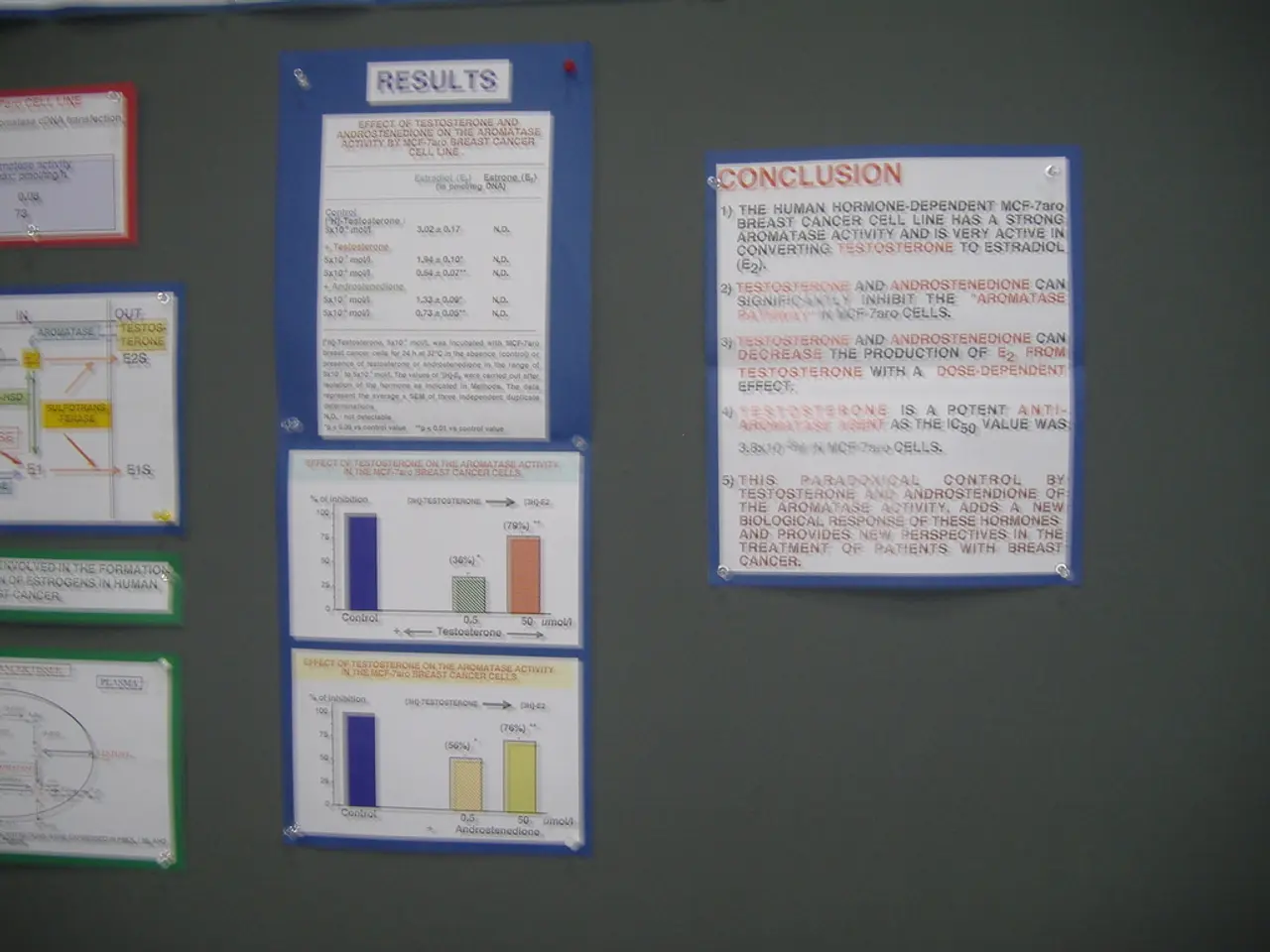Competitive Trade Policies and Strategic Supply Chain Management!
In the ongoing trade war, the U.S. has imposed tariffs on steel and aluminum, which have been reciprocated by Canada, Europe, China, and Mexico with tariffs on a variety of products, including agricultural products and consumer goods. This volatile trade environment has become a wake-up call for everyone, as the global trade balance or imbalance is uncertain.
For companies, the survival of a business may depend on the decisions made by Supply Chain leaders in response to the trade war. Depending on the industry, these steps may be easy or difficult, but the need for dynamic decision-making is paramount.
The trucking industry's capacity is already tight, and increasing demand on over-the-road transportation in the U.S. is a concern. To manage this, companies need to make strategic decisions based on the current tariff situation and future predictions.
Supply Chain leaders must make sourcing decisions based on cost analysis, understanding of sources and supply, and assessment of continuity of supply pain points. Contingency planning is crucial in the current trade situation.
One of the key strategies is to reassess and redesign supply chains to reduce reliance on countries facing high tariffs, anticipating a potentially prolonged period of tariff fluctuations and trade policy changes. Companies should invest in building flexibility and resilience in supply chains to handle unexpected shifts in trade policies and demand swings caused by tariffs and macroeconomic conditions.
Developing alternate sourcing strategies closer to domestic markets or within favorable trade agreement partners can also lower tariff exposure and supply risks. Monitoring and complying with complex and evolving tariff regulations is another essential aspect. Preparing for the possibility of increased tariffs on imports from major partners like China, India, Canada, Mexico, and others is also crucial.
Aligning trade policy risk management with commercial planning and demand forecasting can optimize cost efficiency and avoid overcapacity or product gluts in certain markets due to shifting trade flows and protectionist responses globally.
In summary, supply chain leaders should proactively shift from a purely globalized sourcing model to a "post-globalization" strategy emphasizing nearshoring, increased supply chain agility, and continuous tariff risk assessment to thrive in the extended period of trade uncertainty.
Notably, the trade situation is disrupting the stable base of many companies' supply chains. Sourcing, cost assessment, and supply-demand management are key Supply Chain responsibilities. Long-term decisions still need to be made despite the trade war.
The retaliatory tariffs are intended to be a dollar for dollar match against the U.S. initiated tariffs. Supply Chain leaders must identify the Suppliers or network nodes that are at risk, the Raw materials that are impacted, and assess whether dual sourcing or resource availability is possible.
Harley-Davidson is moving manufacturing out of the U.S. to overseas facilities to service the European market due to the significant increase in costs from the tariffs. Supply Chain leaders must complete a revised cost analysis for all impacted raw materials, sources, and network nodes, including total costs, tariffs, local content/country of origin requirements, costs for changing or setting up new sources, and transportation implications.
Supply availability may become a real issue due to the tariffs, as domestic industries may not have the capacity or labor to meet increased demand. Customs clearance software can streamline and automate customs processes, ensuring compliance with regulations and minimizing border delays.
Prices for many products are likely to rise due to the tariffs. As the trade war continues, Supply Chain leaders must lead the way in responding to the trade war, prioritizing strategic actions that enhance adaptability, resilience, and regional diversification.
- For companies, the survival of a business may depend on the decisions made by Supply Chain leaders, who must now reassess and redesign their supply chains to reduce reliance on countries facing high tariffs.
- Supply Chain leaders must complete a revised cost analysis for all impacted raw materials, sources, and network nodes, including total costs, tariffs, local content/country of origin requirements, costs for changing or setting up new sources, and transportation implications.
- Companies should invest in building flexibility and resilience in supply chains to handle unexpected shifts in trade policies and demand swings caused by tariffs and macroeconomic conditions.
- Aligning trade policy risk management with commercial planning and demand forecasting can optimize cost efficiency and avoid overcapacity or product gluts in certain markets due to shifting trade flows and protectionist responses globally.




